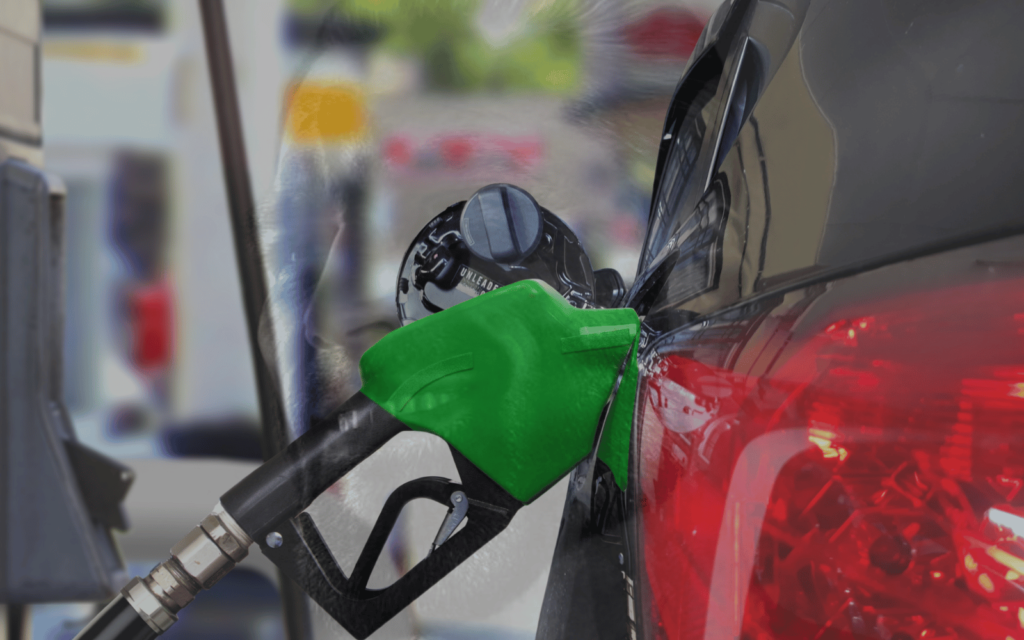As we approach mid-December, signs point to a substantial reduction in diesel prices, exceeding the initial expectations of more than R2.
Contrary to last week’s projections, the latest data from the Central Energy Fund (CEF) suggests a favorable outlook, indicating potential diesel price cuts ranging from R2.08 (500ppm) to R2.14 (50ppm).
Predicting diesel prices this month has proven to be more straightforward, thanks to daily data aligning closely with the month’s average, resulting in minimal price fluctuations.
However, the petrol scenario is different.
While the month-average hints at a reduction of approximately R1.05 for 93 Unleaded petrol, the latest daily figures suggest a diminished over-recovery of around 42 cents. As trends persist, the expected petrol price decrease might dip below the R1 mark. At this stage, a conservative estimate places the petrol price decrease at around 60 cents, though certainty remains elusive.
The urgency for lower diesel prices is evident, given the significant hikes witnessed in the latter half of the year. Diesel prices currently exceed January rates by R2.91. If the favorable conditions persist, resulting in a projected R2 decrease for December, it could contribute to curbing general inflation in early 2024.
The wholesale price for 50ppm diesel stands at R23.69 at the coast and R24.40 inland. However, retail margins, which vary between outlets, are not regulated, unlike petrol.
Following this month’s noteworthy R1.78 decrease, the retail price of 95 Unleaded petrol is now at R23.18 at the coast and R23.90 inland. Meanwhile, 93 Unleaded costs R23.44.
International oil prices have experienced a recent softening, with Brent Crude decreasing to approximately $82 from a September high near $98, according to Reuters. This dip is attributed to concerns about sluggish economic growth impacting fuel demand, outweighing supply cuts by OPEC and its allies, along with conflicts in the Middle East.
Despite the current stability, geopolitical events pose a future risk, potentially causing oil price volatility, as warned by the International Energy Agency. South African rand volatility is another factor to consider, although, so far this month, the local currency has played in favor, contributing around 30 cents to the petrol price over-recovery and 35 cents in the case of diesel.
